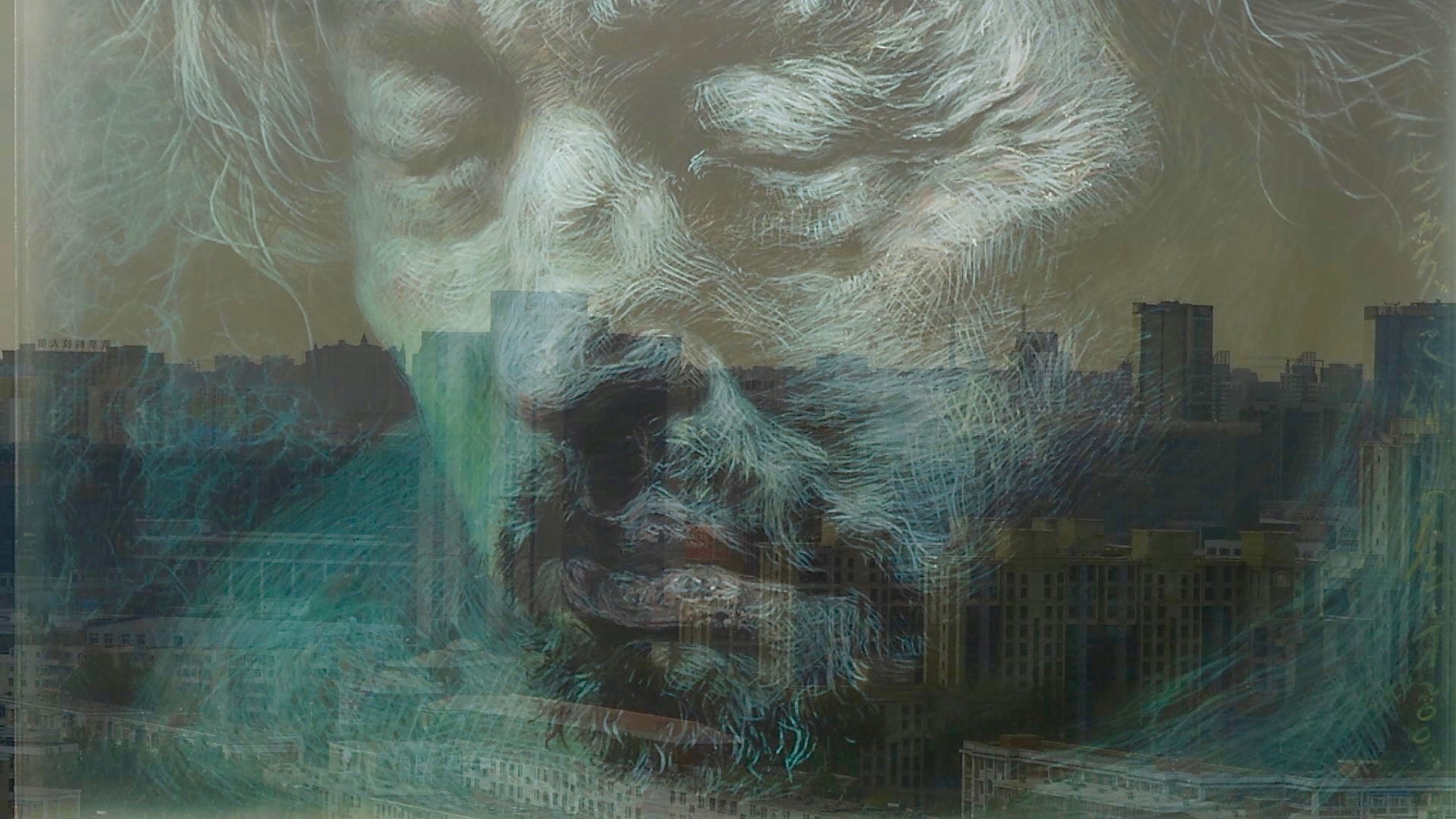Lilian Kong
Wolf Warrior II: Chinese Nationalism in the Popular Culture and Media Age
Friday, October 26th: 1 p.m*
Location: CEAS 319 (1155 E. 60th St.)
Poster of Wolf Warrior II (2017)
Discussant: William Carroll, PhD Candidate
Cinema and Media Studies + East Asian Languages and Civilizations
*Screening of Wolf Warrior II [战狼2] (2017, 126 minutes) begins at 1 p.m.
with a discussion of Lilian Kong’s paper to follow.
Lunch will be served during the film screening.
On November 2nd, the Art and Politics of East Asia workshop will host Lilian Kong (Master of Arts Program in the Humanities). She will present a draft of an essay intended for publication entitled, “Wolf Warrior II: Chinese Nationalism in the Popular Culture and Media Age.” Lilian offers the following abstract:
Amidst economic reforms in the 1980s, the State Administration of Press, Publication, Radio, Film and Television (SPPRFT or SARFT) initiated and financially supported main melody (zhu xuanlü) films to reunify public opinions at a time of national transition toward a capitalist China. Since the beginning of the 21stcentury, these films have solidified their nationalist agenda, attracting China’s young consumer generation with hyper-commercialization, but rarely deviating from state-administered political ideologies and Han Chinese glorifications of socialist history. Wu Jing’s military-action drama Wolf Warrior II (2017), China’s largest grossing domestic film to date, represents a new development in the Chinese main melody genre. Scholars have paid particular attention to the film’s setting in Africa instead of China, arguing that the film embodies a bold expansion of nationalist power to the international arena (Liu, Amar, Osnos). On the premise of this current scholarship, my paper explores Wolf Warrior II’s character formations and its construction of inter-racial relationships to reveal how the film has altered the foundational components of China’s contemporary nation-state. I argue that ambiguities of nation and state manifested in Wolf Warrior II signal a transformation in main melody films’ nationalist agenda due its surfacing of the contradictory, entangled relations between international commercial media networks, particularly in the film’s collaboration with the American superhero franchise Marvel Studios, and the continuous surveillance of domestic state-administered networks that structures its production process.



